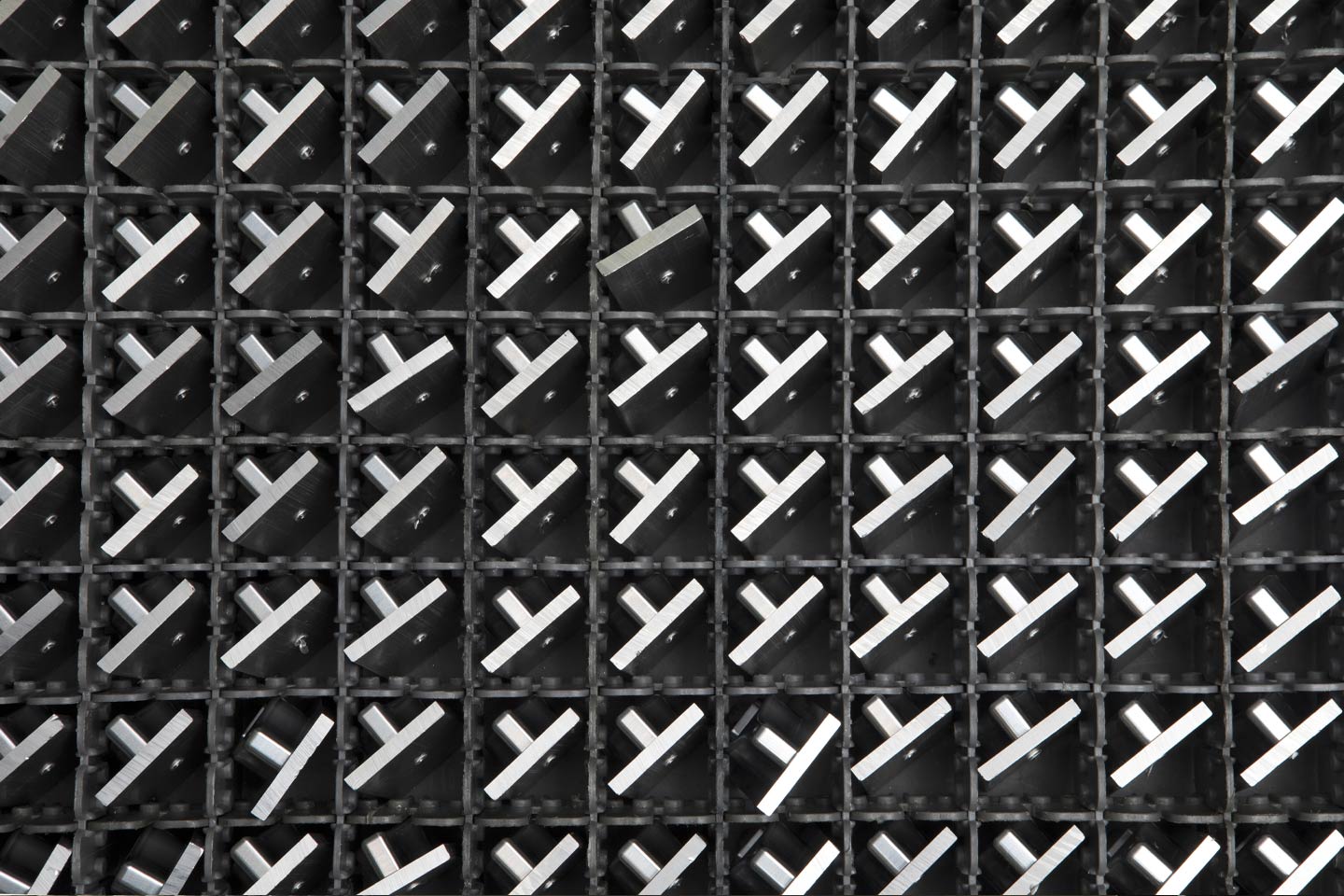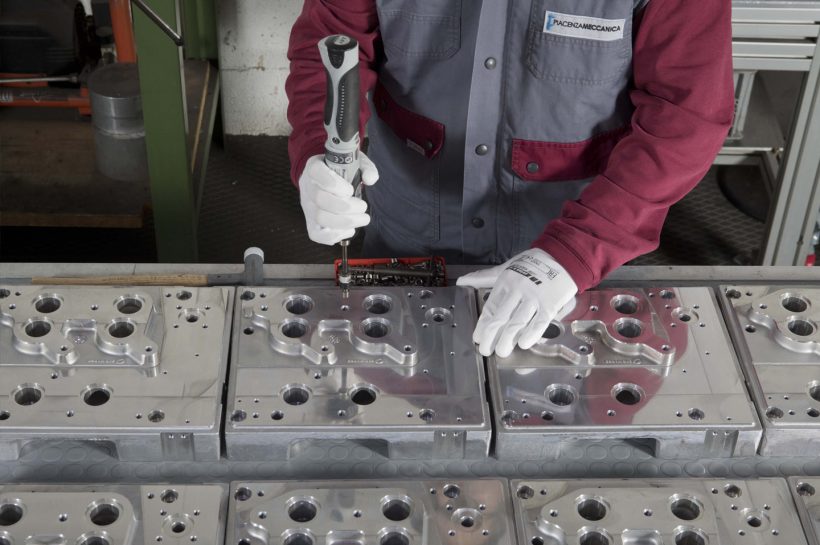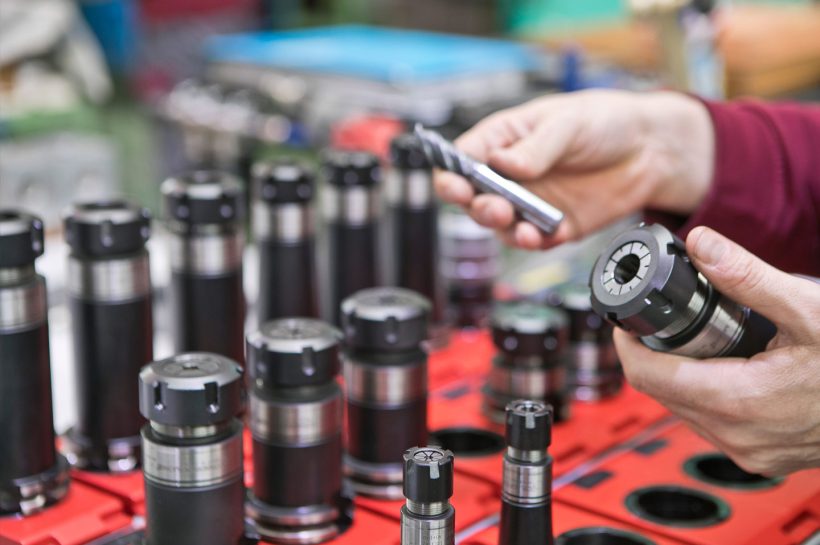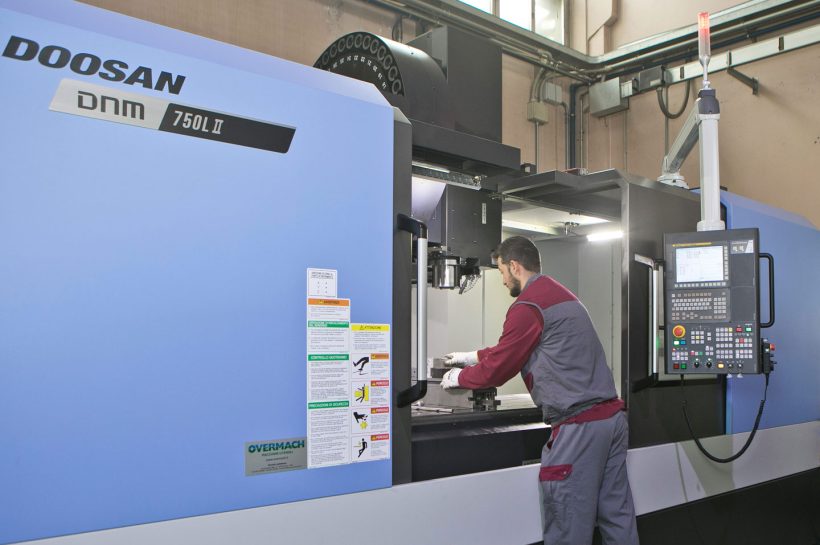CNC machining for the confectionery industry

Some keep their recipes in a vault, others have barred access to outsiders to safeguard know-how and hold firm in the marketplace. The confectionery industry is serious business-a business born from the ashes after World War II, destined to change forever the customs and eating habits of everyone in the world.
The machines, accessories, and molds required for the production of cakes, candies, sweets, chocolates, and chocolates of various shapes, sizes, and types (bars, pralines, cables, fillings) must live up to the aesthetic and quality standards of increasingly imaginative and surprising productions. At the same time, as is the practice in OEM, such tools must be able to adapt to the needs of the production space, timing, and mode of production.
The creation of a working environment suited to the skills, ambitions and goals of pastry chefs and maître chocolatiers is a must for the industry that wishes to maintain an artisanal character even in seriality. In a massified and global industry such as food production, where imitation is the rule and the risk of being undermined by competitors is very high, the market and public success of a product, depends to a very large extent on details-whether it is a secret ingredient or an exclusive feature in terms of aesthetics or taste.
Developing projects that conform to expectations therefore turns out to be that plus that guides the choices of the client - who tends to favor metalworking shops capable of operating with a collaborative logic, without losing sight of the feasibility of the project and the solvency of the investment. In fact, every phase must be studied and taken care of down to the smallest detail-from preliminary analyses on materials and finishes, to the setting up of CNC machining; from the sizing of components and molds, to their validation and quality control. This ensures maximum control and success of the project, and is a solid guarantee for the Client in case additional and/or spare parts are needed.
THE CHOCOLATE FACTORY AND THE METAL WORKSHOP: ONCE UPON A TIME
In the context of metal productions related to the food and confectionery industries, the active involvement of manufacturing in the development of the production line, compatible tools and necessary accessories can turn into a strategic advantage for brands that aspire to market iconic sweets, capable of withstanding time, taste evolutions and consumer expectations. In fact, these are industries that base a large part of their popularity on the uniqueness of their offerings, which are often protected by copyright or confidentiality agreements that concern not so much the composition but rather the doses and processing methods of products with an unmistakable flavor.
Operating in Piedmont, PiacenzaMeccanica has had the opportunity to participate in and partly contribute to the entrepreneurial epic of a few enlightened individuals who, starting from an artisanal workshop, have scaled the most ambitious heights - to the point of purchasing and processing about 25 percent of the global hazelnut production to embellish the creams and chocolates that bear their name.
Over many years of activity and continuous interaction with the industry, PiacenzaMeccanica has developed a know-how of reference for some iconic productions, distributed in supermarkets and shops all over the world. From high-precision metalmechanical components that become part of production lines, to the design and manufacture of molds that are specific to a given process and highly characteristic of the product to be marketed. With its productions in stainless steel and light alloys of the highest quality, the metal workshop enters the "chocolate factory." The working machines that, process after process, transform cocoa beans, sugar paste, wafers and hazelnuts into sweet temptations, include very high-precision components made by PiacenzaMeccanica: tools and supports for kneading, transporting and cutting; joints, valves, augers for filling and decorating pralines; and finally, the molds-about whose processing confidentiality agreements apply-that define the silhouette of the product to the point of making it a symbol.



